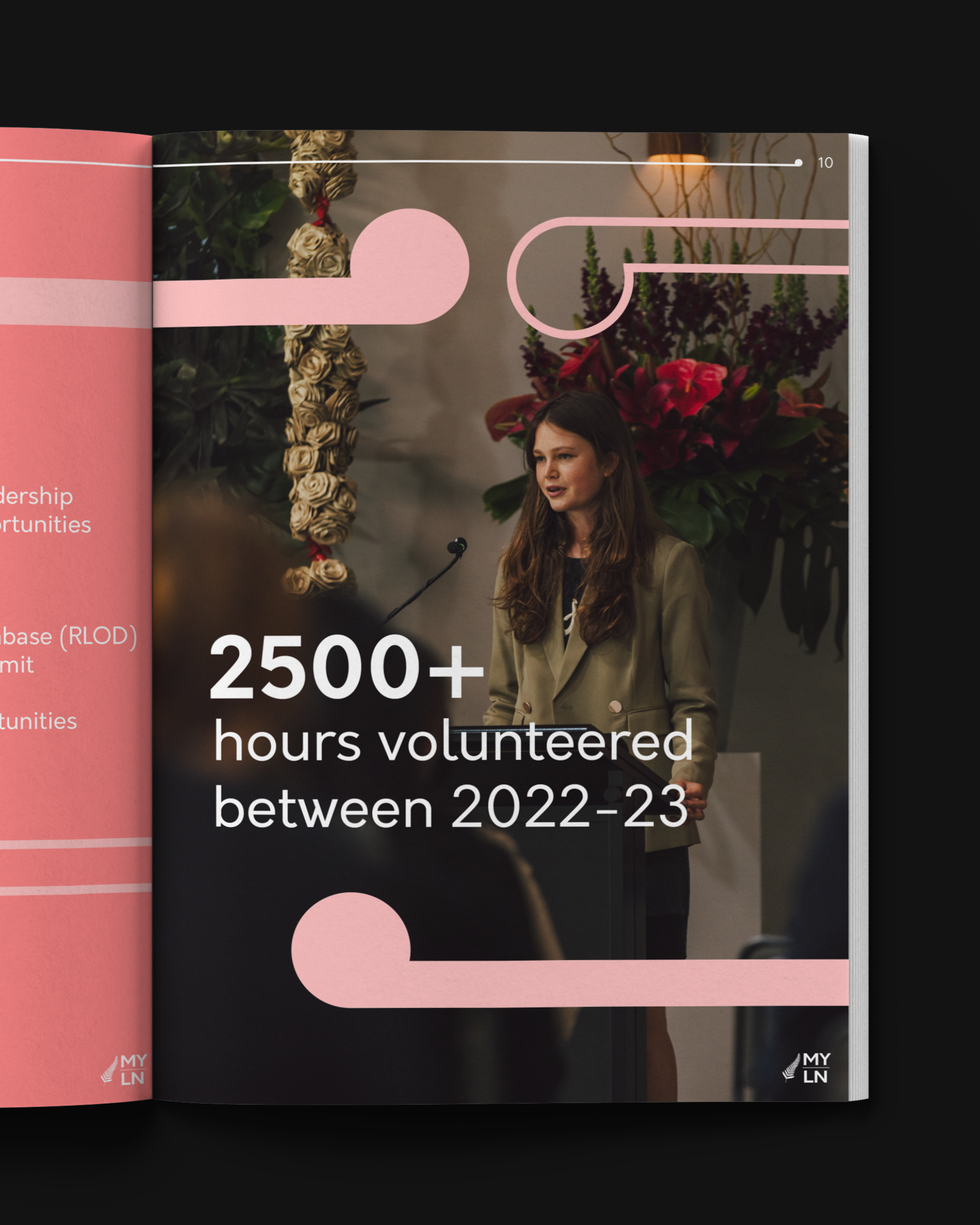Portfolio
Lulu Ota | 2025
Work that makes a real impact on the future.
2022-
Revolutionising access to opportunities for youth →
A buzzin’ Christmas gift for clients →
A collective for young climate activists →
Making ethical shopping mainstream →
A marketing director’s vibrant journey through life →
Championing intersectional diversity in leadership →
Mentoring the next generation of leaders →
Inspiring hope in our youth for the future →
2024-
For the past year, I have worked in-house at Dukes Coffee Roasters, a specialty coffee company leading the change for organic coffee and regenerative agriculture in Australia. From packaging, ecommerce, sales pitches, to photography, I have been privileged to lead all things brand + marketing.



2018-
Three years of fast-paced, high-octane professional design work was possible, and strongly influenced, by six years of architecture & urban planning education at the University of Auckland (New Zealand). During my Masters degree, I focused on medium-density housing integrated with green infrastructure to tackle the current issue of climate change-induced flooding in Auckland. My visual & communications approach is driven by the highly strategic and complex reality of architectural design.
-
My thesis, completing a MArch(Prof)UrbPlan(Prof) with First Class Honours, was named Recover, Regenerate, Rehabilitate: Inhabiting Flood Ecosystems.
This thesis explored and imagined an interdisciplinary solution that taps into the potential of regenerative design and policy, in order to address climate-induced flooding issues—which arose with force, in January 2023, into Auckland’s public understanding. The research investigates and articulates, via cartographic visualisation, the techniques of regenerative architecture and blue-green infrastructure that can be harnessed into an “Ecosystem” of architectural design, masterplanning, and regulation.
The research and design proposal discovers that the foundational principle to reduce flooding in urban environments is slowing & reducing stormwater runoff volume. This principle can be actioned through a suite of nature-based solutions, connecting wetlands and green spaces into a living network that bridges the public (urban) and private (architectural) realms, supported by policy interventions to facilitate the effective implementation of the network.

















